All your questions on baking with almond flour answered here! This instructional article takes the guesswork out of how to bake with almond flour, so you can indulge in low carb treats all year long. Take it from this self-proclaimed Almond Flour Wizard!
I’ve updated this post on how to bake with almond flour, as I’ve got a lot more good information to add!
I’ve been baking with almond flour for more than 8 years now and I have to say, I have gotten pretty good at it. I’ve been called The Keto Baking Queen by many people and it’s a title I’ve earned through many years of trial and error. I am proud of my low carb baking skills, and I find myself improving and growing on almost a daily basis. So I decided it was high time to update this article on How To Bake with Almond Flour so you can benefit from my experience!
Because almond flour is the basis of many of my keto recipes, I am highly comfortable with it. It’s perhaps one of the most versatile of the low carb flours, and works well in low carb cookies, cakes, and breads. It’s great for low carb pie crust too! You just have to know how to treat it, what to look for, and how to adjust if it doesn’t work quite as you expect.
So let’s get started. Answering your burning questions about baking with almond flour, right here, right now.
Almond Meal vs. Almond Flour – What’s the difference?
Let’s clear up any misconceptions right now that all almond flour is created equal. I get this question a lot, and the answer is a resounding NO! Sure, they are both made from ground almonds, but anything that calls itself almond “flour” should be finely enough ground that you can make fine-textured cakes and bread that rival their wheat-based counterparts.
It should also be blanched almond flour, so that you get no little dark bits of skin. There are several really good brands of finely ground almond flour, including Honeyville, WellBee, and Anthony’s. My favourite is Bob’s Red Mill Super Fine Blanched Almond Flour. Costco also sells good almond flour at a reasonable price, under their Kirkland brand, which I believe it actually produced by Honeyville.

Almond meal is much more coarsely ground and if you place the two side by side, you can really see the difference. It’s still often good enough for baked goods where texture doesn’t matter quite as much, like low carb muffins or crackers. It can be both blanched (skins removed) and un-blanched (skins left on). And since it’s often less expensive, it may be preferable to almond flour at times. You don’t even have to buy almond meal, you can make it yourself if you have a good food processor.
So, if you’ve ever made an almond flour recipe and had issues with the final product holding together, leaching out the oils or butter, or not rising properly and holding its shape, a likely culprit is that you are using the coarser almond meal, instead of almond flour. The larger particles mean less cohesiveness for the finished product. For some things, it may not matter but for cakes and fine-textured items, it most certainly does. I don’t even keep almond meal around anymore, I use almond flour for everything.
Subbing Almond Flour for Wheat Flour
You’re going to hate me for saying this, but there is no easy formula here. It all depends on what you are trying to make. Cookies are dense and crunchy whereas cakes should be light and fluffy, and they are going to take very different ratios of almond flour to other ingredients.
I wish I could tell you it was as simple as swapping almond flour for wheat flour at a 1:1 ratio. But it’s not and when you think about it, you can see why. Almond flour is basically ground nuts, full of fat and moisture, entirely without gluten and not nearly as powdery, fine and dry as wheat flour. So there are a whole range of factors you need to account for when adapting a wheat-based recipe to low carb and gluten-free. You need to consider the texture, density, and moisture content of the baked good you want to make over.
A cup of almond flour also differs significantly in weight from a cup of wheat flour. Out of curiosity, I just went and measured the two (literally right now, as I am writing this) and a cup of wheat flour came to 5 oz, while a cup of Bob’s Red Mill blanched almond flour came to 3.75 oz. That’s more than a full ounce difference!
If you are a total beginner with almond flour, I’d actually suggest you stick to some tried and true recipes to get a feel for how it behaves and the overall proportions. That’s certainly how I started, 2 and 1/2 years ago. Once you have a good sense for almond flour recipes, you will find it easier to strike out on your own and adapt some family favourites.
Let me tell you what I do, when I start making over a recipe. Take, for example, my Almond Crusted Butter Cake. The original wheat-based recipe took about 50% more butter and 50% less flour. Knowing that almond flour has a higher fat content but is less dense than wheat flour, I basically switched this ratio around. Then I doubled the baking powder and added in whey protein to make up for the lack of gluten and to give the end result more structure. Then I crossed my finger, said a little prayer, and popped it in the oven. And it has since become one of my all-time favourite keto cake recipes!
You can also increase the eggs for more protein and structure, but too many eggs can give the final result a rubbery texture or make it too “wet” and gummy in the center. I usually start with one more egg, and then add another closer to the end if the batter seems too heavy and thick.
One important thing to note when adapting wheat flour recipes is that your almond flour batter will almost always be thicker. Don’t expect it to look exactly like a wheat-based batter and resist the urge to thin it out with liquids, or you will likely end up with a soggy mess.
Other Nut Flours and Meals
People often ask me if they can use other nut flours and meals instead. I give the answer to this question as a tentative “yes”, with several caveats.
First off, I don’t know of too many other nut “flours” that are as finely ground as true blanched almond flour, so if texture and consistency of the end result is dependent on the grind, then you may have some difficulty. Some keto muffins, scone and cookie recipes lend themselves admirably to a simple swap of one nut flour/meal for another. Several of my biscotti recipes could be made with hazelnut meal instead of almond flour, as could some cracker and cookie recipes. And my Hazelnut Chocolate Chip Bundt Cake could easily be made with another nut meal of choice (walnut, almond, pecan…all of those would do well).
But finer cakes and cupcakes might become too crumbly, to coarse and possibly leach out oil during baking if you attempt it with anything but the most finely ground flours. If you want a fine crumb on your cake so that no one can guess it’s low carb, then you want finely ground almond flour.
Sunflower Seed Flour
This is, in my opinion, the best nut-free substitute for almond flour, because it can be ground quite finely. You can even make your own sunflower seed flour easily at home. Check out How To Make Sunflower Seed Flour here.
The funny thing about sunflower seed flour, though, is how it can turn green when it’s baked. This is a reaction with the leavening agents like baking powder and baking soda and it doesn’t mean the baked good has gone bad. To offset this reaction, you need about 1 tablespoon of acid like apple cider vinegar or lemon juice. In chocolate recipes, the brown colour covers the green and you don’t really need to worry about it.
Coconut Flour vs. Almond Flour
Inevitably when I make a keto recipe with almond flour, someone comes along and asks if they can make it with coconut flour. And vice versa. Here’s the deal:
You cannot sub coconut flour for almond flour as a direct 1:1 substitution. I cannot state this more strongly. Don’t even think about trying it or you will end up with hard, inedible thing that is only good for using as a hockey puck. Check out my article on Baking with Coconut Flour for more information.
Coconut flour is an entirely different creature than any flour based on tree nuts. It’s fine, powdery, dense and soaks up liquids like nobody’s business. It also requires more eggs and sometimes more other “binders” like xanthan gum, to keep the final product together. And you want to use WAY less coconut flour for a recipe than you would almond flour, sometimes as little as 1/3 to 1/4. In essence, if you choose to make a recipe based on almond flour with coconut flour, you will need to restructure the whole thing.
If I were to take one of my basic almond flour recipes and rework it for coconut flour, I would start with about 1/3 the amount of flour, twice the eggs, some xanthan gum, a little more leavening agent like baking powder, and then I would add my liquids like coconut or almond milk last and not all at once. I would add some liquid, work it in and see how thick the batter was, then add a bit more and a bit more until it felt right to me. Again, “right” in this case is likely be a thicker batter than anything wheat-based, so it take some experimenting to get it right.
One good thing about working with coconut flour (and almond flour) is that they don’t contain gluten so over-mixing is usually not an issue. On occasion, I’ve been making a coconut flour recipe and suddenly thought it needs another egg or two. I’ve added it at the very end and had no problems with the end result. In this sense, at least, coconut and almond flours can be very forgiving.
Peanut Flour vs Almond Flour
The best answer I can give you here is: maybe. Peanut flour comes in a variety of forms, including roasted (light and dark), unroasted, partially defatted and full-fat. I ordered some peanut flour once that was essentially just ground peanuts and it did well as a sub for almond flour in several recipes. But the defatted ones are a little bit like coconut flour, they are very fine and powdery and soak up a lot of liquid. So they are going to require some reworking of the basic recipe in some of the same ways as coconut flour, although to a lesser extent.
How to Measure Almond Flour
Always use the scoop and level method, unless the recipe indicates otherwise.
I always simply scoop the almond flour from the bag or the canister, and level it off with a knife or sometimes with my hand. I never try to jam pack my cups to get more almond in there, so all of my recipes will be written assuming you simply measure an unpacked scoop. A well-written recipe should specify if you should pack the ingredients, so assume not if it doesn’t say. Sadly, not all recipes are that well written these days.
Many gluten-free recipes are done by weight, not volume, because gluten-free ingredients can differ significantly by brand. I am making an effort to do this more often now, especially when the recipe is on the tricky side and precise measurements matter. I would suggest investing in a small kitchen scale if you want to be more accurate. I will always give measurements by volume, however, since I want my recipes to be as accessible to as many people as possible. Weight measurements are more accurate overall, but it doesn’t do me any good if the reader doesn’t own a kitchen scale!
How to make Almond Flour Bread
Looking for a firmer bread you can toast and slather with peanut butter? Yeah, me too. Almond flour is by nature moist so if you use it on its own, your end result can be more cake-y than you want it to be.
I find that adding a little bit of a denser flour, like coconut flour or oat fiber, can help stiffen the batter and thus firm up the bread. I used coconut flour successfully in my Low Carb Panini Bread Recipe. The trick is to not increase the other wet ingredients, so the addition of this flour helps dry out the consistency of your bread.
You can also try using a little oat fiber, which is made from the husk, or the “bran” of the grain and not the grain itself. However, it may contain a little gluten so it’s not idea for people with a gluten intolerance.
Many people add psyllium husk to low carb bread recipes as well, which can give it more of a yeast-bread like texture. But depending on the brand of it can also make it gummy and sometimes it has a purplish hue.
Using Protein Powder in Low Carb Baking
Why do I often use whey protein or egg white protein in my keto cakes and other baked goods? It isn’t, as some people think, to get more protein into my diet. I am an unabashed carnivore and consume plenty of protein.
It all comes down to the science of baking. Gluten is a protein and it’s part of what gives wheat-based baked goods structure, allowing them to rise and hold their shape. In gluten-free baking, adding in a dry protein can help make up for this. You can’t just add more egg whites because that will throw off the liquid to dry ratios. But you can easily swap out the whey for your protein powder of choice (hemp, soy, even egg white powder). The results may vary a little depending on the protein content per serving.
Freezing Almond Flour Baked Goods
With only a few exceptions, I would say yes, most almond flour baked goods are indeed freezer-friendly.
I have successfully frozen cakes, muffins, cookies, scones, and even some almond flour pie crust. I usually freeze after baking, and I freeze before I glaze or frost the baked good in question.
However, you can also freeze some unbaked items and then thaw before baking. I’ve done this successfully with almond flour cookies like my Butter Pecan Cookies and Chewy Ginger Cookies. The trick here is to roll them into balls and flash freeze on a cookie sheet. Then you can put them in a container or plastic bag and they can be frozen for months. Thaw fully before baking.
How to Store Almond Flour
I keep my unopened bags of almond flour in my cellar, which is quite cool year round. Once a bag is opened, I transfer half of the almond flour to an airtight container and keep it on my counter. The rest is frozen or refrigerated to keep help it keep. I don’t recommend trying to bake with the almond flour straight out of the freezer. The high moisture and fat content will make it very clumpy and hard to work with.
More Almond Flour Baking Tips
- Let your almond flour baked goods cool completely. My friends, I can’t emphasize this enough.It can be tempting to start cutting them up soon after they are baked, but try to resist or you may wind up with a heap of crumbs. The texture and cohesiveness of low carb baked goods always improves upon cooling and sitting. Crackers, cookies and tart crusts will crisp up better and breads and muffins will hold together better when left to sit for an hour or two.
- Room temperature ingredients. Make sure your eggs, butter, and cream or almond milk are at room temperature, unless otherwise specified by the recipe. If they are cold, your batter will clump up.
- Grease that pan well! Low carb goodies can stick more than conventional ones, so really work that butter or oil into the corners of your pan.
- Watch it carefully. Almond flour baked goods can also brown more quickly than wheat flour recipes. If I am adapting a wheat-flour recipe, I almost always lower my oven temperature by 25 degrees F, and I watch it carefully. If the top and sides are browning too quickly, I cover the pan with aluminum foil.
- Baking times are only a guide. Oven temperatures can vary tremendously so please only ever use baking times as a rough guideline. What takes 20 minutes in my oven may take 25 in yours. Or yours may be done faster. You should always set your timer for 5 minutes LESS than the baking time says, and then check on it every 5 minutes after that.
Ready to become an almond flour baking expert?
I hope that helped answer some of your most pressing almond flour baking questions. If you can think of anything I didn’t cover here, or you have some tips of your own you’d like to share, please leave a comment or send me an email. I’d be more than happy to update this little (long) treatise to cover more ground!
Free Bonus: Secrets to Keto Baking!
Sign up for your favorite recipes delivered straight to your inbox plus get our FREE bonus: Secrets to Keto Baking!
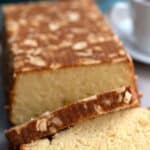
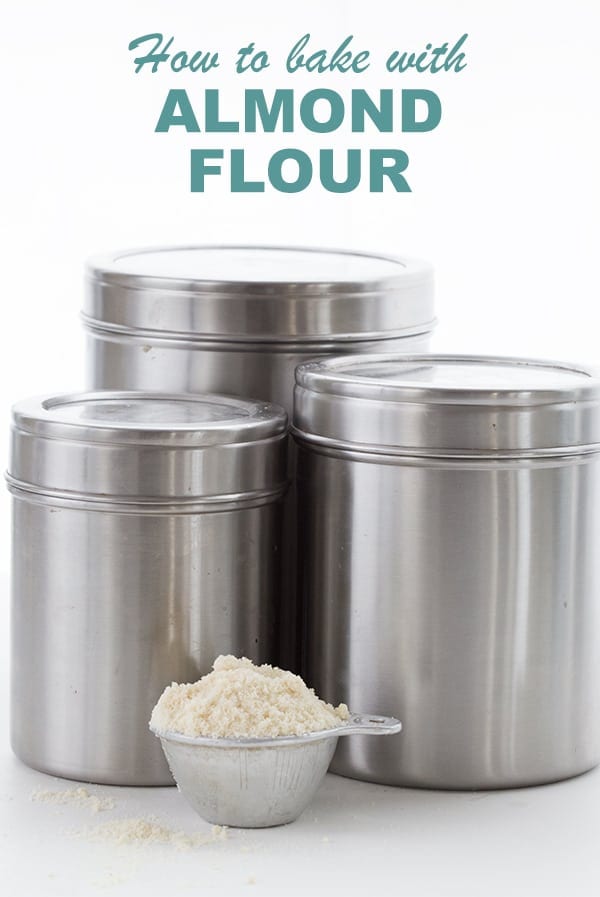

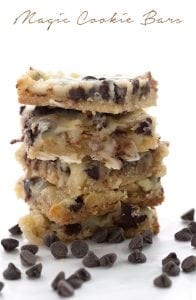
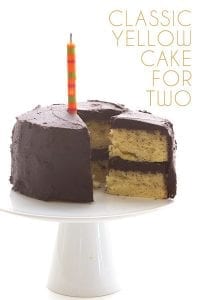
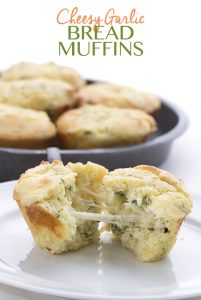
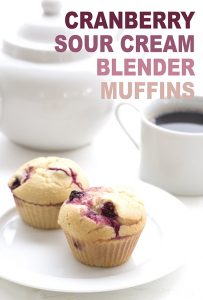
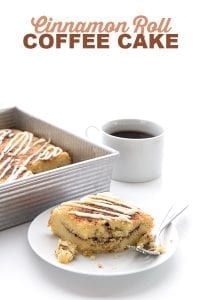
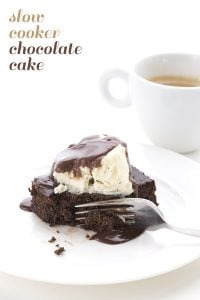
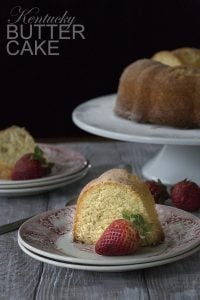


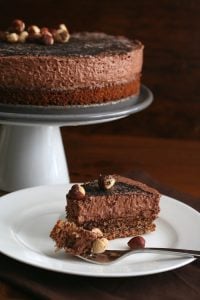




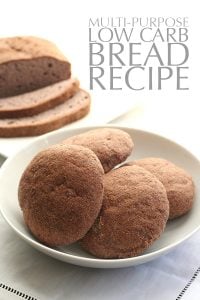
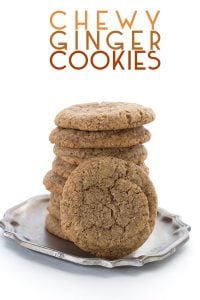


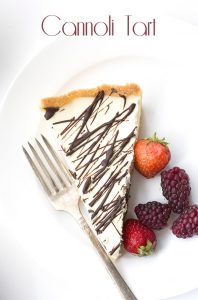

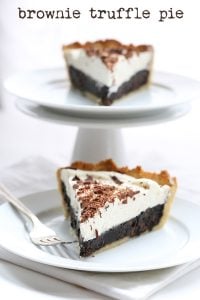
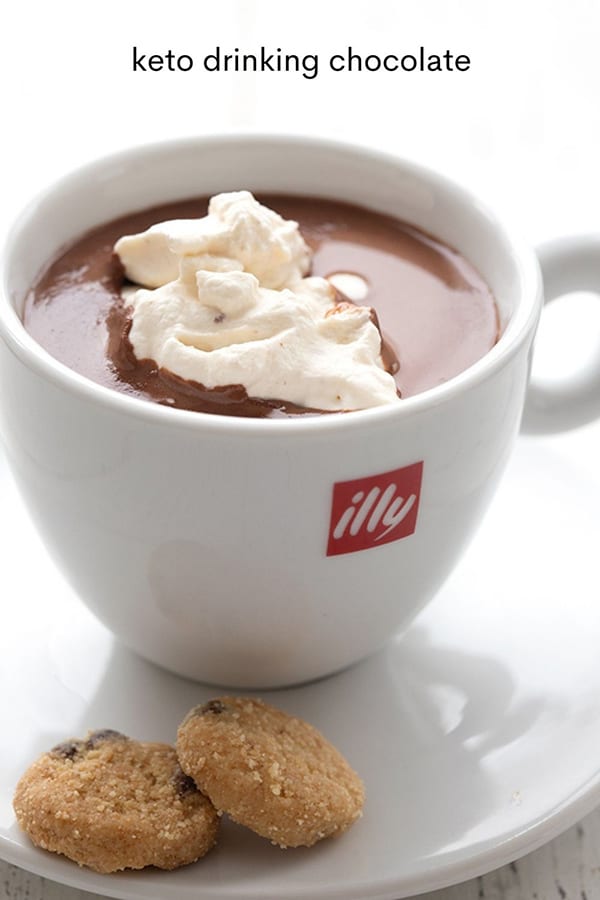

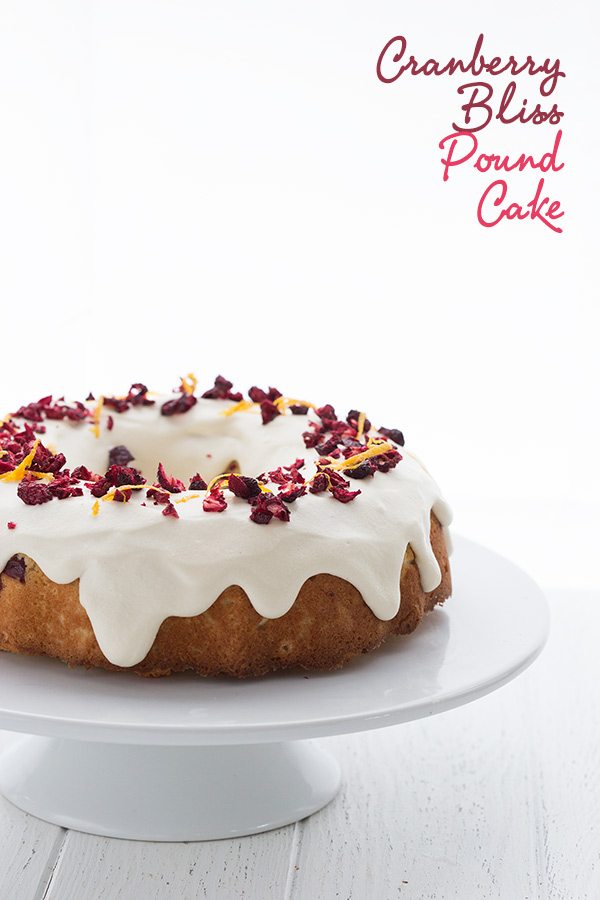
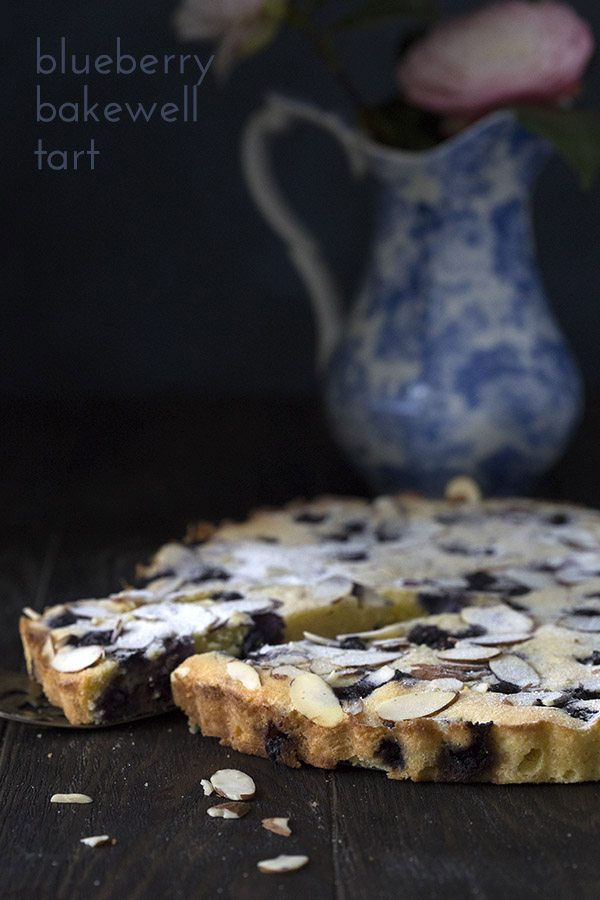
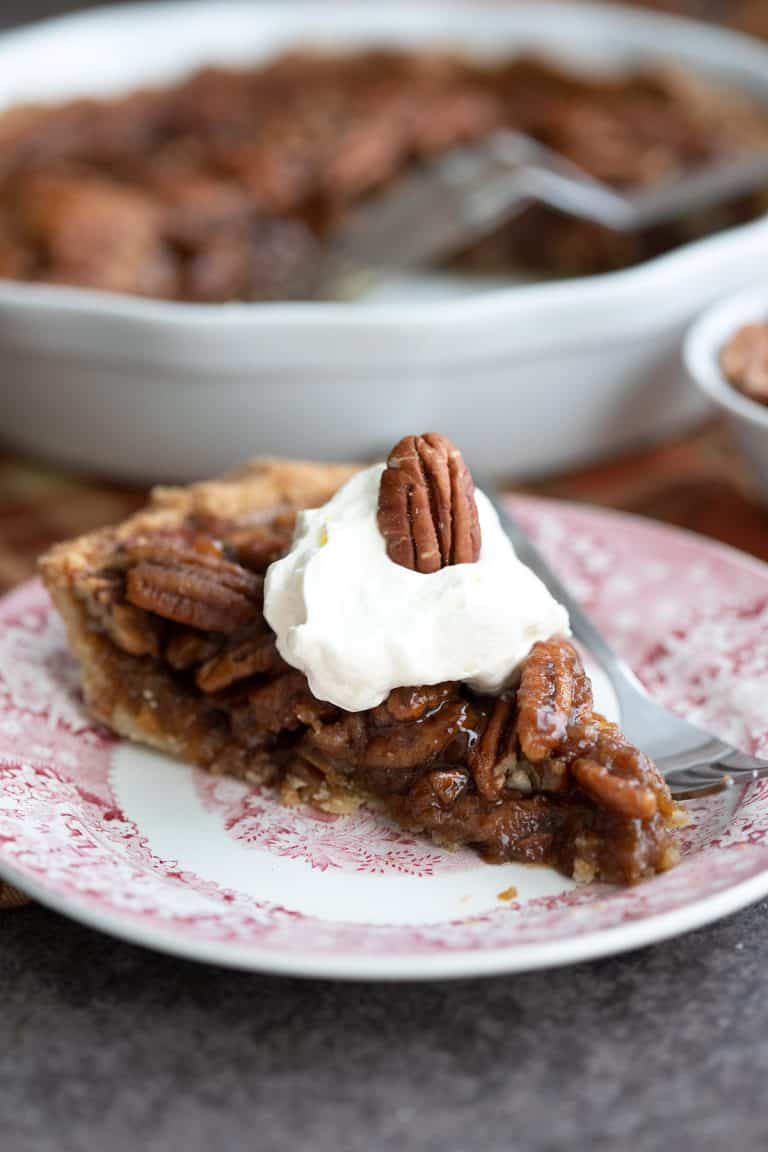



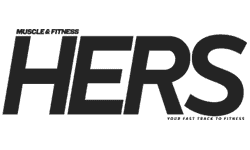

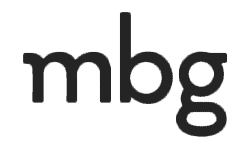




I am anxious to make some yeast almond flour bread. My recipe calls for Super Fine Almond flour, I am sure what I have is not Super Fine. Is there something I can do with what I have to make it Super Fine? I want to make it today, and with the Pandemic I don’t really want to start going to multiple stores trying to find it.
What brand is it?
The recipe didn’t specify a brand just stressed super fine.
No, I meant what brand do you have? That way I can tell you if it’s fine enough.
Hi Carolyn,
First, I’d like to thank you for all the fabulous information. I’ve learned a great deal from you today. I think I may be the oddball of the bunch (nothing unusual there) as I am not trying to go wheat-free, not trying to go completely Keto, nor trying to achieve gluten-free. What I do want is to learn ways to reduce the carbs and sugars in my recipes to something a little more friendly overall. Is there any “magic formula” (said tongue in cheek, of course) that will allow me to replace just half of the wheat flour with… I don’t know – maybe almond flour and xanthan gum or psyllium husk? And maybe replace half of the sugar with a sugar alcohol?
Any thoughts and advice would be greatly appreciated.
I’m sorry, I don’t bake with wheat flour so I can’t really guide you.
Well, it was worth a shot. Still have learned so much from you. Thanks!
Glad to hear it! Sorry I can’t be more helpful. Now on the very rare occasion I bake with wheat, I have no clue what I am doing.
Hello!
I’m looking for some guidance on how much whey protein I should use. I’m going to be making a carrot cake so it will be moist on top of using almond flour.
Thank you!
You don’t need more than 1/4 to 1/3 cup.
I’m new to baking with Almond Flour so please bear with me a moment. I did a German Chocolate cake the other day using blanched superfine almost flour. It’s terrible! The cake is dense and not moist at all – perhaps cardboard it a good comparison. lol In all fairness, the recipe called for “fine” almond flour. I’m wondering if I should use a little less or perhaps add more egg etc. Any advice would be very much appreciated.
Can you tell me what recipe it was? Chances are it’s the rest of the recipe that’s the issue.
Have you tried any of your recipes using cast iron, glass, or stone bakeware? If so, what were the results.
I always recommend metal pans unless the recipe specifies otherwise. Glass, ceramic, and stoneware do not conduct heat that efficiently so your baked goods can take a lot longer to bake through.
Thank you so much for sharing, free, your experiences with baking for no flour recipes. I appreciate your sharing and expertise as I am not a baking type cook but want deserts and breads in my food plan.
Again, thank you.
Is there a way to neutralize the almond taste? I can barely force myself to eat stuff made with almond flour but I want to eat low carb.
Sorry, I get no “almond taste” from these baked goods so I don’t have any advice. To me it tastes like vanilla, or chocolate, or whatever I intend it to taste like.
Good afternoon Carolyn,
Thank you so, much for the almond (nut) flour 101 class. you are an awesome teacher.
Your recipes sound Uberlicious (my word). I’m going to experiment in the kitchen in a few moments.
The mini video running in the lower corner is Ubertastic (my word).
You mentioned using a scale. my scale, although, it works is from the 1950’s. So, I bought a great scale from Sam’s club ($26.98).
Royal DG110. you can weigh up to 110 lbs. Read out is in lbs, oz, ks, or gs. The digital display is on a coiled cord, you can set to the side or even disconnect and place up to 36″ away. The base is small enough to side into a plastic bag to keep clean 7 3/4′” x 6 1/2″ but, large enough to set bowls and/or cookie sheets and such on.
Thanks, Kelli
What is the best way to store baked goods made with almond flour? I’m googling with no luck. Should they be refrigerated? Or are they okay on the counter? I know the fridge can mess with moisture content, and almond flour baked goods already always seem SUPER moist (like, I have to bake them way longer than the recipe says).
A general search will yield no results because, just like regular flour, it all depends. Harder baked stuff, like cookies and biscotti, are often find on the counter for up to a week. Muffins and cakes are usually fine for 3 days unless they are VERY moist, and then they are best in the fridge. Anything that seems like it’s moist enough to mold… refrigerate!
Hi, all the recipes that I have tried with almond flour have turned out really gritty, almost like sand. I used the Costco Kirkland superfine almond flour. Any suggestions?
Well, what recipes are you using? Kirkland is a decent brand so I suspect the recipes, not the brand of almond flour.
I have a recipe that calls for 1/2 cup of DEFATTED almond flour. Can I use regular almond flour instead? Would I need to reduce some of the liquid in the recipe?
Defatted is a whole different ball game, it’s very powdery and fine. I think you can use the regular but you will need to keep adding it until the batter seems like the right consistency.
Some recipes on the internet use different combinations of oils, like coconut or butter olive oil etc. Does oil choice affect the texture of almond flour baking?
Absolutely. Coconut oil and butter don’t melt the same way so it does have an affect.
Hello,
Thank you for sharing your experiences cooking with almond flour. I started the Keto lifestyle back in August 2019, and I have tried several recipes ( brownie, pancakes and cake) with almond flour and most of them have a gritty or grainy taste. I am wondering is there anything I can do to help decrease or not have this type of taste.
Thanks in advance,
Great article (even if it crushed my dreams of an easy flour conversion)!! I’ve been cooking low carb for several months now, and am about to embark on my first “recipe overhaul” of my MIL’s delicious sour cream muffins. It’s a simple recipe of only butter, sour cream and self-rising flour. After reading this article I’m torn as to whether to use strictly almond flour, strictly coconut flour, or a mix of both. Time to tinker and get messy!!
Check out my sour cream cranberry muffins, that may help a bit!
What experience have you had with almond flour and making a keto pizza on a pizza stone? First time I tried it on a pizza stone I used the fathead crust recipe, prebaked it before adding the toppings, and it ended up sticking everywhere. The next time I put a base of cornmeal on the stone to avoid it sticking and ommited the prebake. It did not stick but it came out super wet on the center. I was doing some research into other dough alternatives but before I move on I wanted to know what sort of experience you’ve had. Is it a matter of adding more coconut flour, perfecting the timing of the prebake before adding toppings or ditching the fathead crust? Just curious. Thank you!
Use parchment on top of the stone. It will get more crisp but won’t stick.
Hello. I’m new to baking with almond flour. I made a cake from a keto recipe but the middle was still wet after time was up. Left it in a bit longer and the result was an overly moist middle and dry outer edge. Any tips for k owing when it’s done?
Unless it’s my own recipe, I can’t really guide you.
I am at 9500 ft and more often than not my cakes etc. are sunk in the middle. Are there any adjustments to be made?
Yes, of course. Same adjustments that you make for regular baking… King Arthur Flour has good advice on how to adjust for elevation.
What storage containers do you use? I am never sure on the right kind to buy from a preservation and toxicity perspective.
For my almond flour? I have stainless steel baking canisters and I transfer my almond flour to it when I get it home.
Almond flour has a really strong taste, it seems. Everything I bake with it just tastes like almond flour. Am I doing something wrong or do you have any extra tips?
Thanks so much!
I’m new to Keto baking but since I found your site and recipes, I’m hooked. I read this article a while back and just re-read it trying to figure out why I ended up with a pile of (delicious!) crumbs instead of a cake! I have learned my lesson about letting it cool completely.
Thank you for all your hard work and time with your blog and recipes. I plan to head over to Amazon and buy your cookbooks right now!
Thanks, Patty! What were you trying to make that ended up as crumbs? Perhaps if you link me to the recipe, I can help.
Thanks, Carolyn. This is the recipe link:
https://swervesweet.com/recipes/glazed-chocolate-donuts
I made this recipe once before and it worked pretty well. I used coconut oil that time instead of avocado oil. This time I used avocado oil and used a food processor instead of a blender, but only used the pulse a few times so it didn’t get overly processed(? does that matter?).
The only other difference between my batch today and before is the brand of almond flour. I used 1cup Bob’s Red Mill before. This time I used 3/4c Bob’s red mill and 1/4 c Kirkland’s Blanched Almond flour to make up the full 1c almond flour.
I may not have baked them long enough. I’m not sure how to tell when my items are done. Is there a way similar to wheat flour where you can press it and it springs back, etc.?
And I just realize YOU have a donut recipe! Why, why, why didn’t I look there first?! 🙂
As I mentioned, I’m new to all of this, but am enjoying learning by trial and error. I appreciate your response and any tip you can offer for future success.
That’s actually my recipe too! Not sure why it’s falling apart the second time but yes, let them cool before taking out of the pan. Always always always.
Thanks. I bought your cookbook for Keto desserts yesterday, and after reading it, (and wiping the drool off my screen), I found some tips (such as weighing the flour and really, REALLY oiling the pans) that I think will help me. I’ll be making it again soon so I’ll be more careful.
Thanks again!